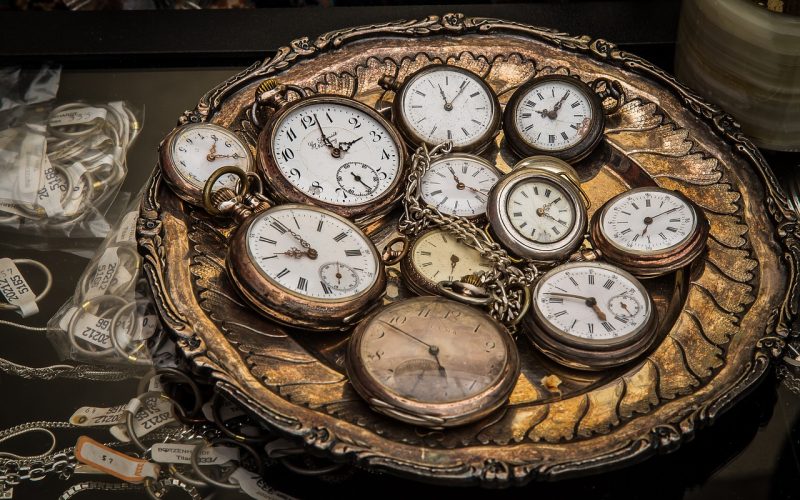If you’re getting into collecting and sourcing pocket watches, you might like to learn more about the watch components and how to identify watch case types.
There Are Two Parts to a Pocket Watch
There are two particular parts you will find in antique pocket watches Sydney. These are the watch movement and the case. The movement is the inner workings – the parts that keep time. The watch case is the protective outer cover which can include the crystal that covers the dial. The case also includes the crown and winding stem.
Pocket watch movements and cases were typically made by different companies. Cases came in a variety of different metals including sterling silver, gold, coin silver, plated brass and nickel.
Open Face and Hunter Case
It is easy to tell which case your pocket watch has. A hunter-case watch typically has a metal cover over the dial of the timepiece. If there isn’t a metal cover, then you have an open face pocket watch. What’s more, an open face piece just has a crystal over the dial, which is typically made of mineral glass.
If your pocket watch doesn’t have either a crystal or a metal cover over the dial, then it’s possible a part is missing. It is not unusual for the bezel – that round metal ring that holds the crystal in place – is lost. This can make is near impossible to replace the glass on antique pocket watches.
Hunter case watches usually have a metal lid covering the dial and that part closes to protect the hands, dial and crystal.
The Demi-Hunter Case
The demi hunter case is a variation of the hunter case. It has a small window on the front cover through which you can see the hands of the watch. Sometimes this case is complemented by an inlaid dial made from enamel found in the lid inside the case. This makes it easy to tell the time without having to open the watch.
The demi hunter case offered the convenience of having an open face watch along with the protection of a hunter case style.
Does Your Pocket Watch Have a Side-Winder?
The side winders will help you determine what type of case you have. Hunter cased and demi-hunter cased pocket watches have winding systems at the 3:00 position. Open-face watches will have winders in the 12:00 position.
Movements used to be made specifically for open-face and hunter-case watches. The main difference between the movements is the position of the winding arbour as well as the seconds bit and where the dial feet are positioned.
When a dial and hunter case movement were mounted in an open face case, it would be known as a side-winder. That’s because the winding stem would be at the 3:00 position and not the usual 12:00 position.
Pair-Cased Watches
Antique pocket watches Sydney won’t often sport this kind of case. Unless of course the watches are very old heirlooms. During the 18th century, it was typical for watches to be placed in pair cases. These watches had an inner case that holds the watch’s movement.
There would also be an outer case that encloses and protects the inner case. Owing to the keyholes for setting and winding the piece, the inner case could not be made dust proof so the outer case would offer protection from dirt and dust.
There were a few triple-cased watched produced during this period too. Often the earlier pair-cased pieces would be ornately decorated complete with gold work piercings.

